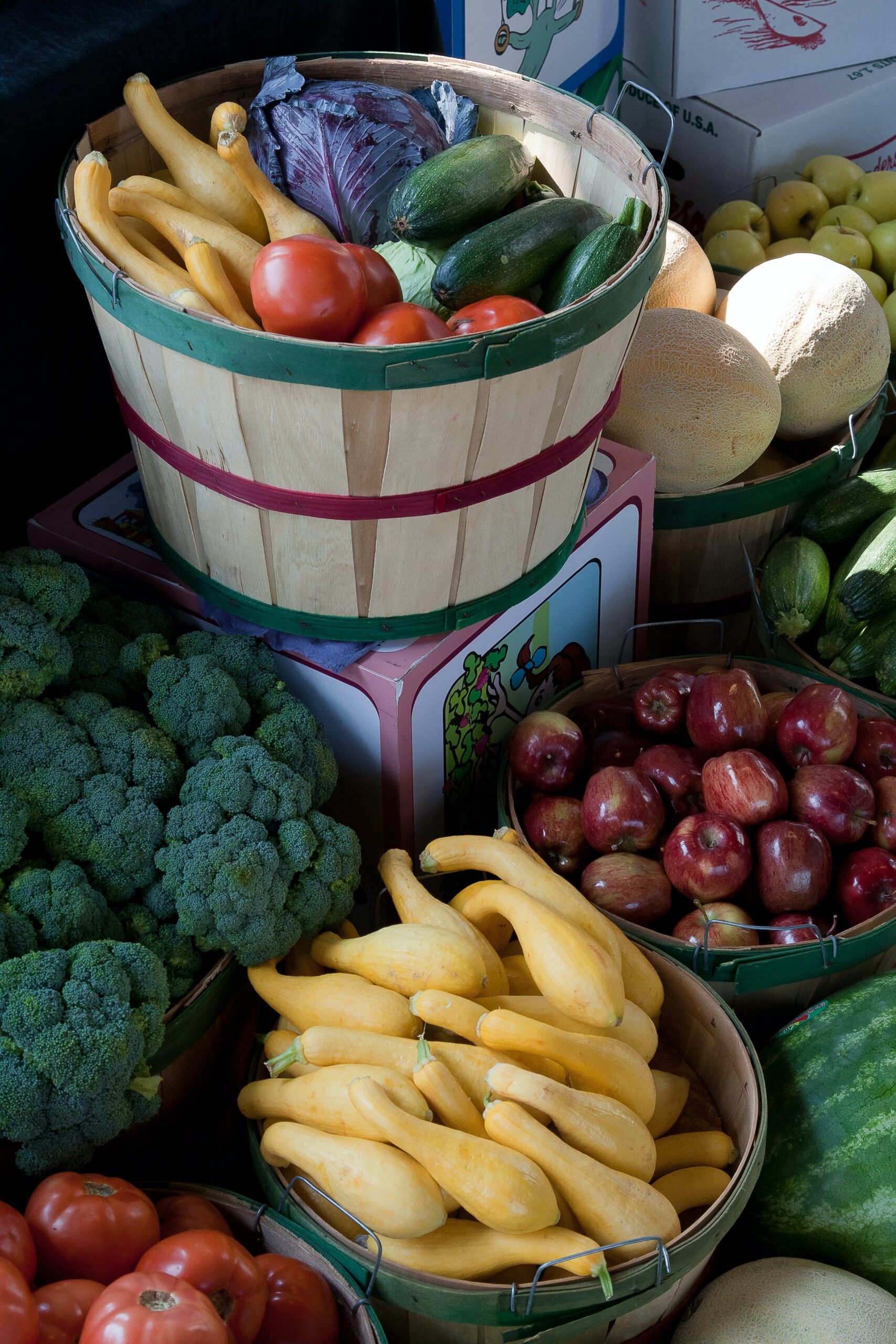National Agriculture Day: A Discussion
Introduction National Agriculture Day, often celebrated in the spring, is a day dedicated to recognizing and celebrating the critical role of agriculture in our everyday lives. This day offers an opportunity to acknowledge the efforts of farmers, ranchers, and agribusinesses in providing the nation with a vast array of food, fiber, and renewable resource products.
The Importance of Agriculture Agriculture is not only about the food we eat but also about the clothes we wear, the homes we live in, and the energy that powers our lives. It’s the backbone of many economies and a key driver of rural development. This day serves as a reminder of the interdependence between agriculture and society.
Challenges Facing Modern Agriculture Modern agriculture faces numerous challenges, including climate change, soil degradation, water scarcity, and the need to sustainably feed a growing global population. Discussions on National Agriculture Day often focus on how to address these challenges through sustainable farming practices, technological advancements, and policy support.
Celebrating Farmers and Agricultural Workers Farmers and agricultural workers are the unsung heroes of our food systems. National Agriculture Day is a time to appreciate their hard work and dedication. It’s important to recognize the skills, knowledge, and labor that go into producing our food.
Educational Opportunities Schools and educational institutions often participate in National Agriculture Day by organizing farm visits, educational programs, and projects that teach students about agriculture’s role in their daily lives. These activities aim to foster a greater understanding and appreciation of agriculture among the younger generation.
Community Involvement Communities can engage in various activities to celebrate National Agriculture Day, such as farmer’s markets, agricultural fairs, and community gardening projects. These events offer a chance to connect with local farmers, learn about local agriculture, and support the local economy.
Agricultural Innovations and the Future Discussions on this day also delve into the innovations shaping the future of agriculture, such as precision farming, biotechnology, and sustainable practices. Embracing these innovations is crucial for ensuring food security and environmental sustainability.
Conclusion National Agriculture Day is more than just a celebration; it’s a day of education, appreciation, and reflection on the vital role of agriculture in our lives. It encourages us to think about where our food comes from and the challenges faced in producing it. As we celebrate this day, let’s commit to supporting sustainable agriculture practices and policies that ensure a healthy future for agriculture and our planet.
Recipe: “Agricultural Abundance Smoothie”
Ingredients:
- Spinach (1 cup): Spinach, a leafy green vegetable, is rich in nutrients and represents the lush fields of agriculture. It adds a vibrant green color to the smoothie and symbolizes the importance of vegetables in agriculture.
- Green Apple (1, chopped): Green apples add a crisp, tart flavor and are a nod to the fruit farming sector. They represent the diversity of crops in agriculture.
- Kiwi (1, peeled and sliced): Kiwis bring a unique taste and texture, symbolizing exotic fruits and the global nature of agriculture. They add a bright green hue to the smoothie.
- Cucumber (1/2, sliced): Cucumbers are refreshing and hydrating, representing the vital role of water in agriculture. They add a mild, fresh flavor to the smoothie.
- Greek Yogurt (1/2 cup, plain): Greek yogurt provides creaminess and protein, symbolizing dairy farming’s contribution to agriculture.
- Mixed Berries (1/2 cup, frozen): A mix of berries like strawberries, blueberries, and raspberries adds sweetness and color contrast. They represent the berry farms and the variety in agricultural produce.
- Chia Seeds (1 tablespoon): Chia seeds are a superfood, representing the role of agriculture in health and nutrition. They add a bit of texture and are packed with omega-3 fatty acids and fiber.
- Honey (1 tablespoon, optional): Honey adds natural sweetness and represents the crucial role of bees in pollinating many of the crops used in agriculture.
- Water or Almond Milk (1 cup, as needed for blending): Water is essential in agriculture, while almond milk represents alternative dairy products and the diversity of agricultural products.
Preparation:
- Add the spinach, chopped green apple, kiwi, cucumber, Greek yogurt, and frozen mixed berries to a blender.
- Sprinkle in the chia seeds.
- Pour in water or almond milk to facilitate blending.
- Blend until smooth. Add honey if additional sweetness is desired.
- Pour the smoothie into a glass and enjoy.
Nutritional Information (per serving):
- Calories: Approximately 250 kcal
- Protein: Around 8 grams
- Fiber: Roughly 7 grams
- Fat: Approximately 3 grams
- Carbohydrates: About 45 grams
- Natural Sugars: Approximately 25 grams
- Rich in vitamins, minerals, and antioxidants: This smoothie is packed with nutrients essential for health, reflecting the nourishing abundance of agriculture.
The “Agricultural Abundance Smoothie” celebrates National Agriculture Day by highlighting various aspects of agriculture, from crop farming to dairy, and emphasizes the importance of sustainability and diversity in our food systems.






